
GUEST BLOGGER ROBERTA GIBSON
How to Build an Insect by Roberta Gibson and illustrated by Anne Lambelet (Millbrook Press 2021) will excite curious readers ages 5 to 9 who are interested in insects, anatomy, art, and science.
Young readers will learn to observe, compare, and develop the vocabulary needed to classify and appreciate insects. Also includes a hand-on STEAM activity to reinforce learning and to help youngsters develop fine motor skills.
Make a word collection
Explain that scientists make collections to learn more about their topic. Geologists make rock collections. Astronomers gather meteorites. Entomologists collect insects.
And writers can make word collections.
Ask students to hunt for words that catch their attention. It might be words they don’t know, words that sound interesting, or words they want to remember. Gather words from books or from people talking. Have the students jot their words on a piece of paper as they encounter them.
Set aside time to discuss the lists. Explain to the students the importance of the glossary in the back of the book as a place to find out more about words. Look up words in the dictionary. Introduce word origins. Knowing where a word comes from can help solidify its meaning. For example, the word “insect” comes from two Latin words, in- meaning into and secare meaning to cut. Insects look like they are “cut into” segments. The cercus (plural, cerci) comes from the Greek word kerkos, which means tail.
Extensions:
- Encourage the students to use their word list for the writing they do in the next activity. They can also use the words to make a mind map first.
- Incorporate the words in an insect-inspired art project (like word art), make displays of their “collections,” or write a list poem with them.
Make a collage insect (or other insect model), then write about it*
First, ask the students to think of an insect they’d like to make. Use How to Build an Insect and images of insects for inspiration. Also encourage children to mix and match or make up their own creations. Encourage them to make sketches first.
Find accurately identified public domain images of insects at one of the following websites:
- USGS Bee Monitoring Lab Flickr stream
- Insect Unlocked
- Line drawings can be found at the Pearson ScottForesman Wikimedia page
Supplies needed:
- Card stock or construction paper
- Magazine pages or ad fliers with large colorful, child-friendly photographs and graphics, such as from food or gardening magazines or seed catalogs
- Age-appropriate scissors
- Glue sticks
- Markers
Instructions:
Have the students pick some magazine pages with colors and designs that appeal to them. Use different colors and textures for each of the body parts.
*Based on Bug Magazine Collage at Art Projects for Kids.
Line of symmetry
To cut out body shapes, remind the students that insects are symmetrical when viewed from above. To create a symmetrical shape more easily, fold paper in half on the line of symmetry before cutting it.
Collage art is very forgiving. If the unfolded piece doesn’t look like the student intended, tell them to fold and cut again until it does. Or try again with another piece of paper.
Glue main body shapes down with glue stick, then add wings, antennae, and legs with either a marker or with other bits of cut paper. Art Projects for Kids suggests using metallic markers against a dark background for a cool effect.
For other suggestions insect art and craft projects, see Roberta Gibson’s website.
Writing
Once the insects are finished, ask students to write or tell a story about what a typical day might be like for their insect. Where does it live? What does it eat? Does it sleep? When?
Other writing prompts:
- Ask the students to plan a picnic for their insect. What food should they bring? Where would they go?
- Have the students make three observations about their insect or about making their insect. What colors did they choose? What shapes? Did they leave anything out or add anything on purpose? Why?
Wrap up: Ask the students if they feel any differently about insects, science, writing, or art after this activity.
Featured image: “Insect and every day” by netman is licensed under CC BY-NC-ND 2.0
Roberta Gibson is an entomologist and book lover. Her debut picture book How to Build an Insect (Millbrook Press) came out in April 2021. She lives in Phoenix, Arizona with her husband and son. In her spare time she gardens, takes photographs, and writes for way too many blogs. You can visit her at https://robertagibsonwrites.com/ , Twitter @RobertaGibson or Instagram @RobieGibson.


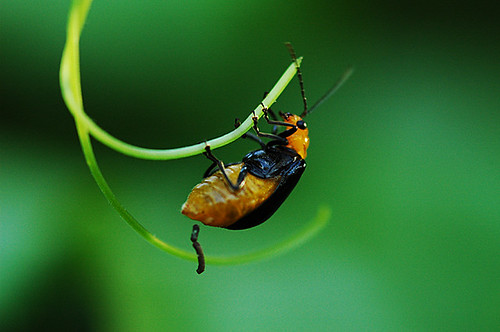
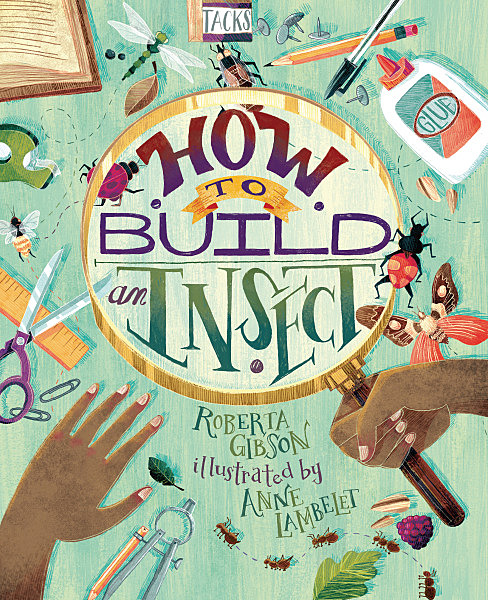

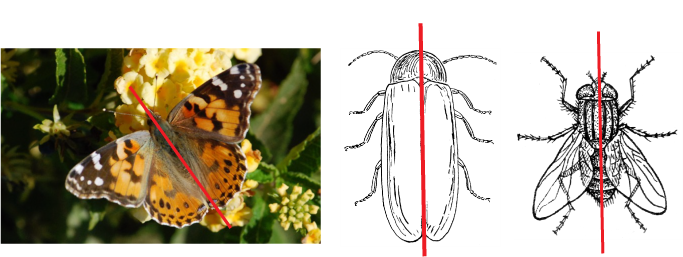
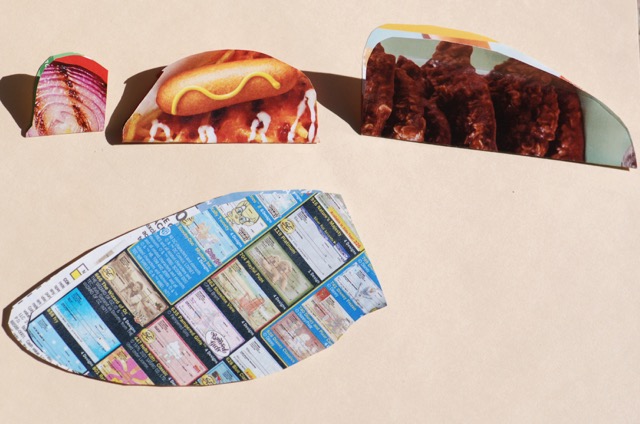
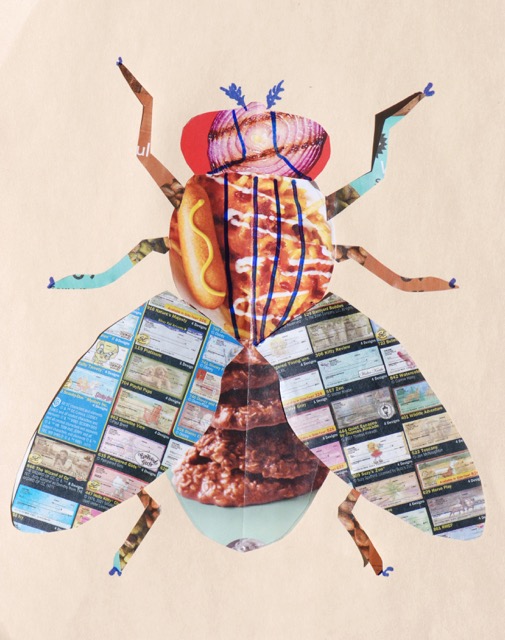

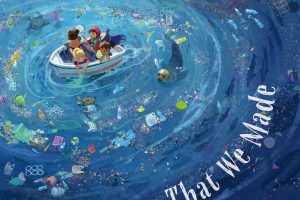

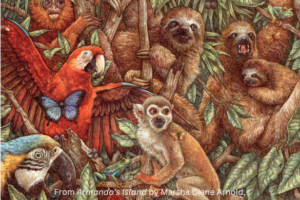


1 Comment
Leave your reply.